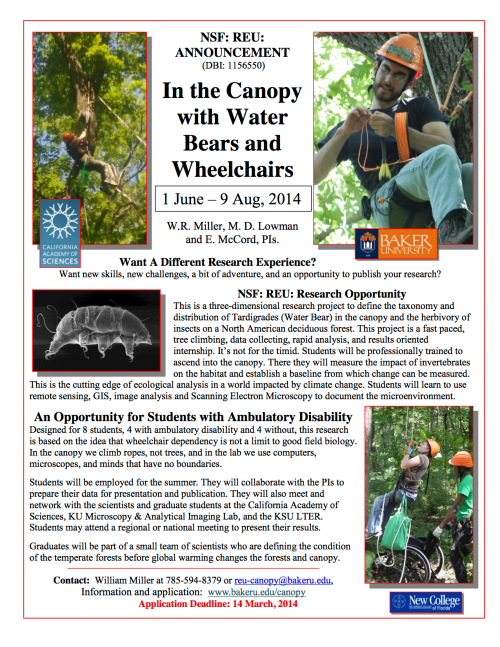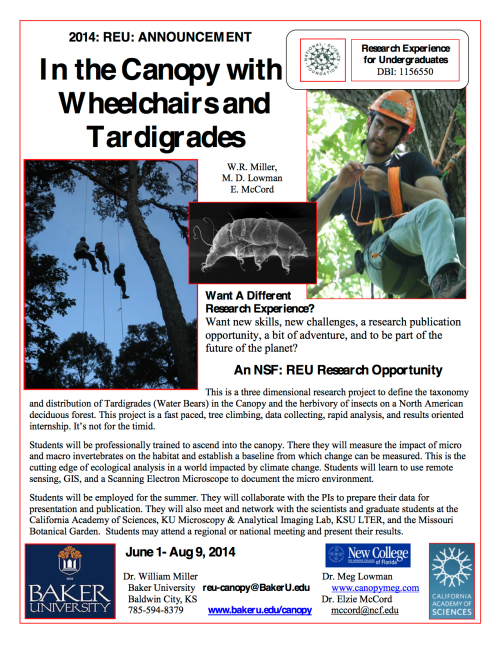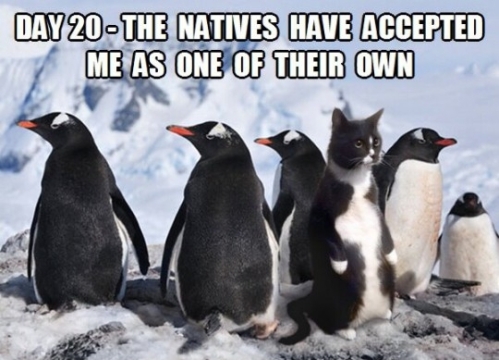BIO seeks community input on Genomes-Phenomes research frontiersJohn Wingfield, Assistant Director of the National Science Foundation Directorate for Biological Sciences (BIO), is pleased to announce the posting of a Wiki to seek community input on the grand challenge of understanding the complex relationship between genomes and phenomes. The Wiki is intended to facilitate discussion among researchers in diverse disciplines that intersect with biology, such as computation, mathematics, engineering, physics, and chemistry.The Wiki format encourages open communication, captures new viewpoints, and promotes free exchange of ideas about the bottlenecks that impede progress on the genomes-phenomes grand challenge and approaches or strategies to overcome these challenges. Information provided through the Wiki will help inform BIO's future research investments and activities relevant to understanding genomes-phenomes relationships.To provide comments, ask questions and view input from and interact with other community members, first-time users should sign up for an account via this link:Sign-up. Once registered, users will be directed to the main page of the NSF Wiki to accept the terms and conditions before proceeding. Additional guidance and subsequent visits can be accessed via this link: Genomes-Phenomes Wiki.Community members should feel free to forward notice of this to anyone they think might be interested in contributing to the discussion. Questions regarding the Wiki should be sent to bio-gen-phen@nsf.gov.
############################################################ ############
Nice that they are seeking input. But really - does NSF have to adopt "phenome" as a term? How exactly is this different from "phenotype"? This seems to be a case of exactly what I was criticizing in my Badomics article in Gigascience and in all my posts here (eg bad omics words of the day, Worst New Omics Word Award, badomics, etc). Blech. Genomics is really interesting. I have worked on it for many years. But there is no need to contaminate the literature by using new, uninformative, oversold terms like "phenome".




